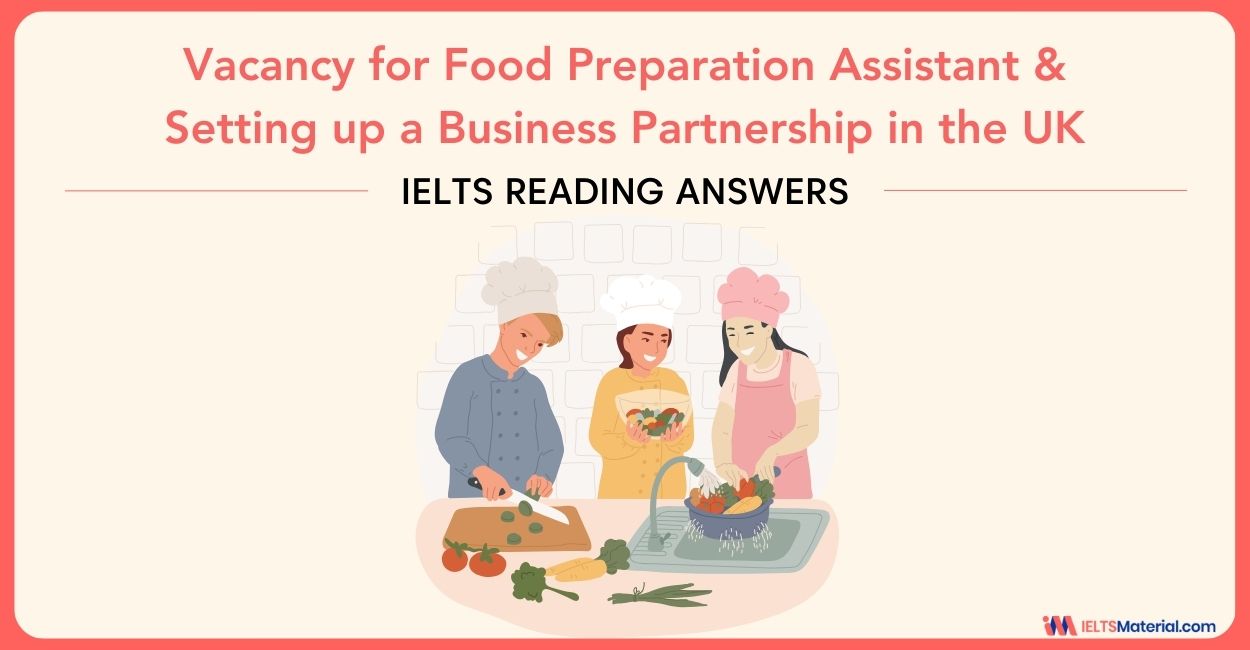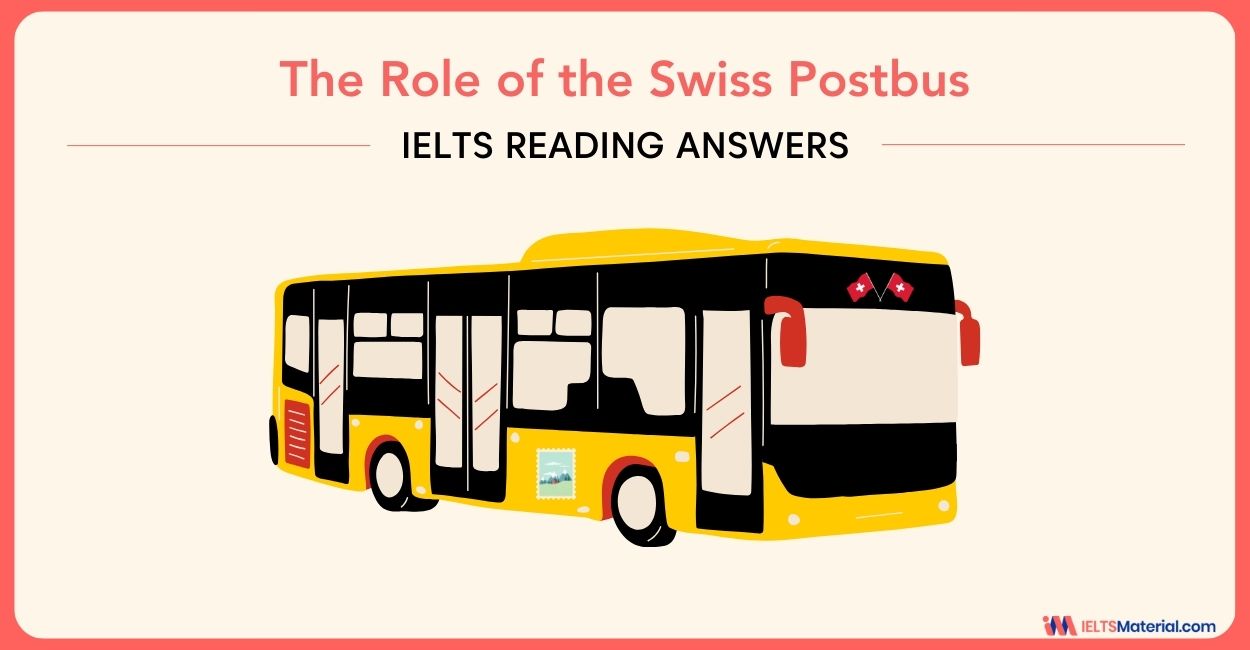Paper Recycling- IELTS Reading Answers
5 min read
Updated On
-
Copy link
Table of Contents

Limited-Time Offer : Access a FREE 10-Day IELTS Study Plan!
“Paper Recycling” is an IELTS Academic topic and contains different types of questions, which are as follows,
- Matching headings
- Yes/No/Not Given
- Table completion
Matching Heading
Matching Headings is one of the trickiest types of questions in the IELTS Reading Task. It assesses the test-taker’s ability to understand the main idea/theme of each paragraph. Headings are short sentences that summarize the information of a paragraph. The test-taker needs to pick the best heading for the paragraph.
Yes/No/Not Given
The yes/no/not given type of questions are very similar to the True/False/Not given questions, where the test-taker has to write Yes, if the statement in the question agrees exactly with the information in the passage. Be careful about synonyms and phrases and match the meaning and not words. Write No, if the statement in the question is directly opposite to or contradicts the information in the passage and write Not Given, if the statement in the question is not given anywhere in the passage.
Table Completion
The test-taker has to complete the table with words directly taken from the reading passages. The instructions will give them an idea of how many words they are allowed to use (answer) to complete the table.
Answers
1 Answer: iv
Question type: Matching Heading
Answer location: Paragraph A
Answer explanation: The introductory line of paragraph A describes that paper is different from other waste products as it comes from a sustainable resource: trees. Unlike the minerals and oil used to make plastics and metals, trees are replaceable. These lines suggest that paper is not like other waste products. Thus, the appropriate heading for Paragraph A is iv – Paper: Unlike other waste products.
2 Answer: iii
Question type: Matching Heading
Answer location: Paragraph B
Answer explanation: In paragraph B, it is mentioned that waste paper constitutes 70% of paper used for packaging and advances in the technology required to remove ink from the paper have allowed a higher recycled content in newsprint and writing paper. To achieve the benefits of recycling, the community must also contribute. We need to accept a change in the quality of paper products; for example, stationery may be less white and of a rougher texture. There also needs to be support from the community for waste paper collection programs.
These lines suggest that in order to achieve the benefits of recycling, the community should also contribute and accept the change in the quality of paper products. In addition, the community should provide assistance for waste paper collection programs. Thus, the suitable heading for paragraph B is iii- Contribution of community in reducing paper waste.
3 Answer: vi
Question type: Matching Heading
Answer location: Paragraph C, line 3
Answer explanation: The third line of paragraph C illustrates the four most common sources of paper for recycling, which are factories, retail stores, paper converters and printers and households. Therefore, the relevant heading for Paragraph C is vi – Four paper sources for recycling.
4 Answer: i
Question type: Matching Heading
Answer location: Paragraph D
Answer explanation: When we go through Paragraph D, we understand how the paper is sorted by people’s hands after it is gathered, then mixed with water and broken down into individual fibres. These lines suggest the paper recycling process. As a result, the appropriate heading for paragraph D is i – Process of Paper Recycling.
5 Answer: ii
Question type: Matching Heading
Answer location: Paragraph E
Answer explanation: When we scan paragraph E, we understand that a product made from recycled paper is of inferior quality. But, recycling paper is beneficial as it saves energy, capital, and labour.Thus, the heading that fits for paragraph E is ii – Positive and negatives of recycling paper.
6 Answer: Yes
Question type: Yes/No/Not Given
Answer location: Paragraph D
Answer explanation: After scanning Paragraph D, we deduce that the sorted paper has to be repulped or mixed with water and broken down into its individual fibres, and this mixture is called stock, which contains a wide variety of contaminating materials particularly if it is made from mixed waste paper which has had little sorting. Thus, the statement agrees with the information, so the answer is Yes.
7 Answer: No
Question type: Yes/No/Not Given
Answer location: Paragraph D, line 6
Answer explanation: In the sixth line of paragraph D, it is mentioned that the recycled paper can only be used in products where the grey color does not matter, such as cardboard boxes, but if the grey colour is not acceptable, the fibres must be de-inked. As a result, the statement contradicts the information. Thus, the answer is No.
8 Answer: Not given
Question type: Yes/No/Not Given
Answer location: Paragraph E
Answer explanation: We find the keyword Save in paragraph E, where it is explained that recycling paper is beneficial because it saves energy, labour, and capital. However, we can’t find any information about recycled paper-saving more than 3.3 cubic yards of landfill space in the reading passage. So, the answer is Not Given.
9 Answer: Yes
Question type: Yes/No/Not Given
Answer location: Paragraph C, line 1
Answer explanation: We can find references for the statement in the first line of paragraph C, which states that there are technical limitations to the amount of paper that can be recycled and some paper products, which are in the form of books and permanent records, photographic paper, and paper which is badly contaminated cannot be collected for re-use. Thus, the statement agrees with the writer’s opinion, so the answer is Yes.
10 Answer: Twice
Question type: Table Completion
Answer location: Paragraph A, line 7
Answer explanation: We find traces of keywords (rate, industry’s use of recycled paper) in the seventh line of paragraph A, where we understand that the industry’s use of recycled fibres is expected to increase at twice the rate of virgin fibre over the coming years. Therefore, “twice” is the correct answer that fits the question.
11 Answer: Stock
Question type: Table completion
Answer location: Paragraph D, line 3
Answer explanation: We can locate the keywords (mixture and sorted paper) in the 3rd line of paragraph D, which illustrates the process of recycling paper. The sorted paper is mixed with water and broken down into its individual fibres. This mixture is called stock, which may contain contaminated materials. Hence, the answer is Stock.
12 Answer: 70%
Question type: Table Completion
Answer location: Paragraph B
Answer explanation: We can find references in the first line of paragraph B that illustrates the percentage of paper used for packaging, i.e., Waste paper constitutes 70% of paper used for packaging and advances in the technology required to remove ink from the paper have allowed a higher recycled content in newsprint and writing paper. Thus, the answer is 70%.
Check More IELTS Reading Answers

Start Preparing for IELTS: Get Your 10-Day Study Plan Today!
Recent Articles

Kasturika Samanta

Kasturika Samanta


Kasturika Samanta




Post your Comments